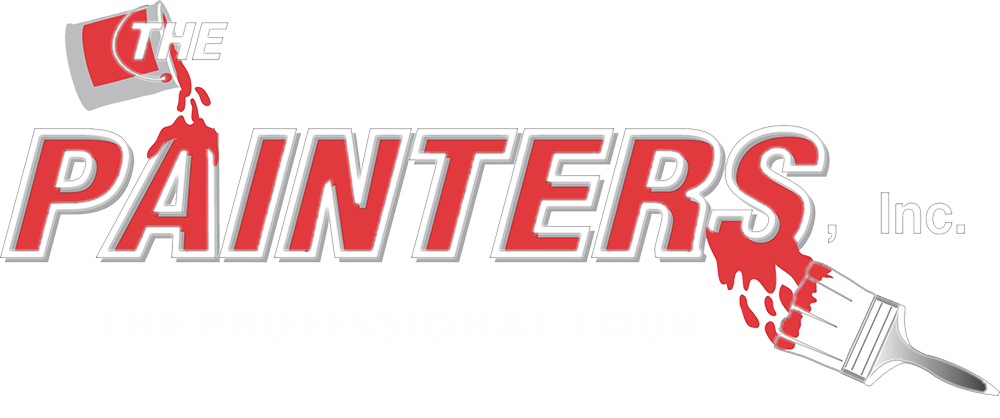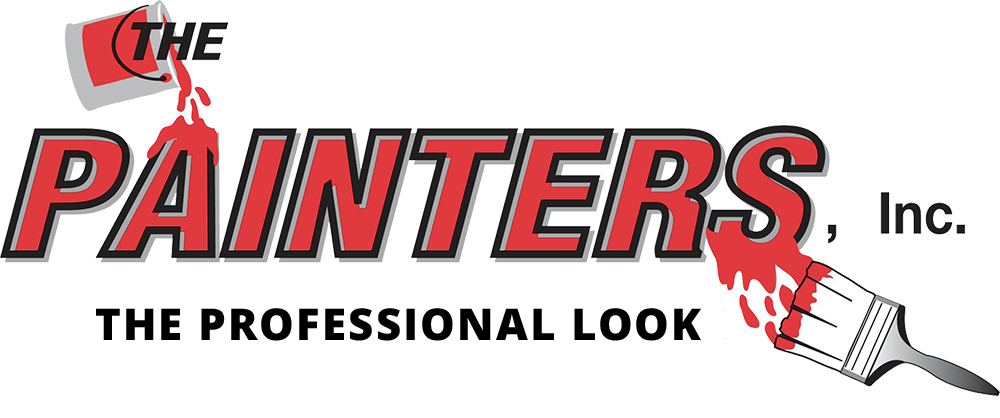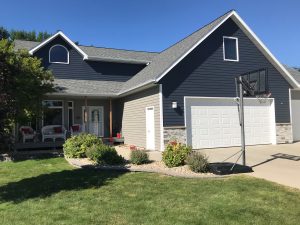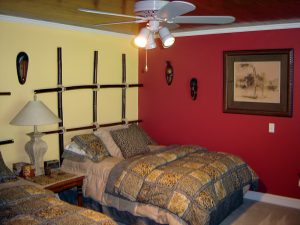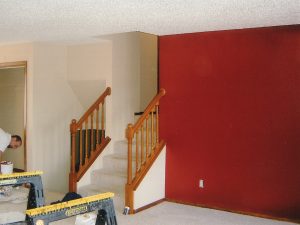Keeping the exterior of a home painted will waterproof and protect it. The property must also look its best if you and your family want to be proud of it. But exterior painting takes a lot of work but you cannot cut corners or the results won’t be favorable.
The Painters, Inc., is a Bismark painting contractor who often helps homeowners in Central North Dakota with this chore. There are certain things that we know to do, and not to do, as painting pros. We thought we would share a few key pointers about exterior painting so you know what problems may arise and how to avoid them.
One of the most frustrating aspects of exterior painting is the fact that problems will develop over time. The wind, rain, and temperature changes will eventually compromise the paint job and the look of your home. Unfortunately, the problems only develop faster if the work is not done right.
Whether you hire professionals or do the work yourself, you’ll want to know how to avoid the following common problems.
The Painters, Inc., is a Bismark painting contractor who often helps homeowners in Central North Dakota with this chore. There are certain things that we know to do, and not to do, as painting pros. We thought we would share a few key pointers about exterior painting so you know what problems may arise and how to avoid them.
One of the most frustrating aspects of exterior painting is the fact that problems will develop over time. The wind, rain, and temperature changes will eventually compromise the paint job and the look of your home. Unfortunately, the problems only develop faster if the work is not done right.
Whether you hire professionals or do the work yourself, you’ll want to know how to avoid the following common problems.
Intercoat Peeling & How To Avoid It
Intercoat peeling is a term that means that the paint didn’t adhere properly when the exterior surface was painted. This is a major issue that means you have to scrape off the peeling paint and do the work all over again. This issue most often occurs when inexperienced painters do the work. In order to avoid intercoat peeling, it is vital to prepare the surfaces properly before painting. Here’s how:
- Clean the exterior thoroughly
- Use primer that is compatible with the surface
- Use paint that is compatible with the primer
- Don’t paint a wet surface
Paint Blisters & How To Avoid Them
One common problem with exterior painting is when outdoor temperature makes the surface too hot. When this happens, blisters will form due to the moisture evaporating below the top coat. The problem can be so extensive that you have to remove the blisters and repaint the entire outside of your home again.
Make sure the surface temperature is below 90 degrees. Again, make sure that both the interior and exterior walls are thoroughly dry because moisture which migrates from an interior wall can also cause blistering.
Make sure the surface temperature is below 90 degrees. Again, make sure that both the interior and exterior walls are thoroughly dry because moisture which migrates from an interior wall can also cause blistering.
Preparing Exposed Wood Properly
Exterior wood that has been exposed to the weather for just a few weeks can cause the new paint to crack and peel within a year or two. If you have exposed wooden areas on the exterior of your house, be sure to thoroughly sand the weathered wood and then prime it. Once it is sealed and smooth again, paint can safely be applied.

